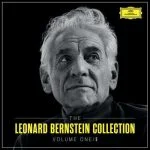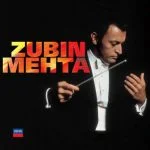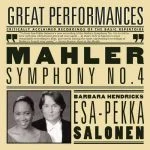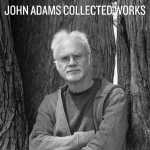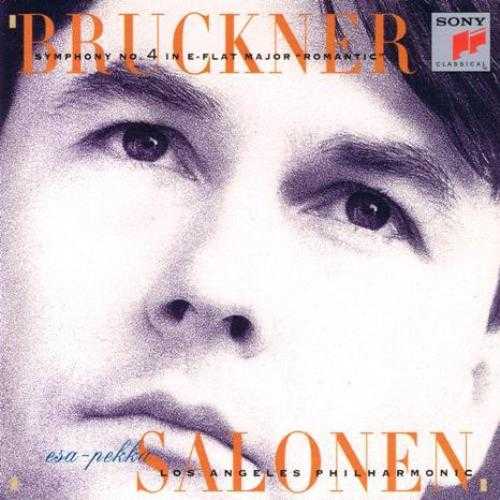
Composer: Anton Bruckner
Orchestra: Los Angeles Philharmonic Orchestra
Conductor: Esa-Pekka Salonen
Audio CD
Number of Discs: 1
Format: APE (image+cue)
Label: Sony
Size: 245 MB
Recovery: +3%
Scan: yes
01. Symphony No. 4 in E flat (‘Romantic’), WAB 104: 1. Bewegt, nicht zu schnell
02. Symphony No. 4 in E flat (‘Romantic’), WAB 104: 2. Andante quasi allegretto
03. Symphony No. 4 in E flat (‘Romantic’), WAB 104: 3. Scherzo. Bewegt – Trio. Nicht zu schnell. Keinesfalls schleppend
04. Symphony No.
4 in E flat (‘Romantic’), WAB 104: 4. Finale. Bewegt, doch nicht zu schnell
Bruckner at his most lyrical
Much has been made of Bruckner’s hero worship of Wagner and his fascination with that composer’s vast musical dramas and his romantic intensity. It is true that Wagner’s music left its mark on Bruckner’s works but the greatest influence of operas like Tannhauser and Lohengrin are found in Bruckner’s many revisions of his symphonies. What we have in this superbly performed and beautifully recorded multichannel hybrid SACD of Bruckner’s 4th Symphony are the composer’s first thoughts, hence the least Wagnerian of all of his early symphonies. What is revealed is the profound influence of Franz Schubert on Bruckner’s musical vocabulary. A beautiful and plaintive lyricism distinguishes the first two movements, often sounding as if we were listening to a symphony composed by Schubert in middle-age – gloriously alive and taking full advantage of the musical romanticism he’d helped to usher in – rather than having died at age 31. Nagano emphasizes this symphony’s lyricism, its pastoral beauty, even as he engages in typical Brucknerian heaven-storming vastness and musical ruminations about the eternal, traits which are hallmarks of the final two movements.
If you are wedded to familiar versions of this great symphony you may find the differences here to be too difficult to surmount. But committed Brucknerians should be well used to a multiplicity of interpretations of the different versions of the symphonies. One might even find the differences here to be so significant that it becomes easy to imagine this to be a recently unearthed brand new work. However you bridge the psychological barrier, this recording merits your attention. The DSD sound is stunning in its clarity and presence, surpassing the usual distant miking of Bruckner that creates a two-dimensional gauzy wash of sound. The woodwinds and horns have weight and bite. The strings caress the music with a silken sheen reminiscent of the Philadelphia Orchestra’s glory days under Ormandy. The entire orchestra is solidly grounded and surrounded by air, giving the music clarity and organic life.
Recorded in 2007 and released two years later it makes one wonder what Sony is up to. Creators of the SACD format, which they introduced in 1999, Sony proceeded to mismanage the new format in every way imaginable. Within five years Sony officially gave-up on an audiophile format whose possibilities were endless given the growth in the home theater market. Releases such as this one make one wonder if Sony (as well as the other major labels, all who have deserted high-resolution recording formats) has been watching the growth and success of labels such as Pentatone and Linn who release all of their recordings on hybrid high-resolution SACDs. Home theater is here to stay and discerning listeners are hungry for well recorded multi-channel audio that breathes life into music, adding so much to the experience of re-creating the concert hall. The technology is here, why not let it blossom?
